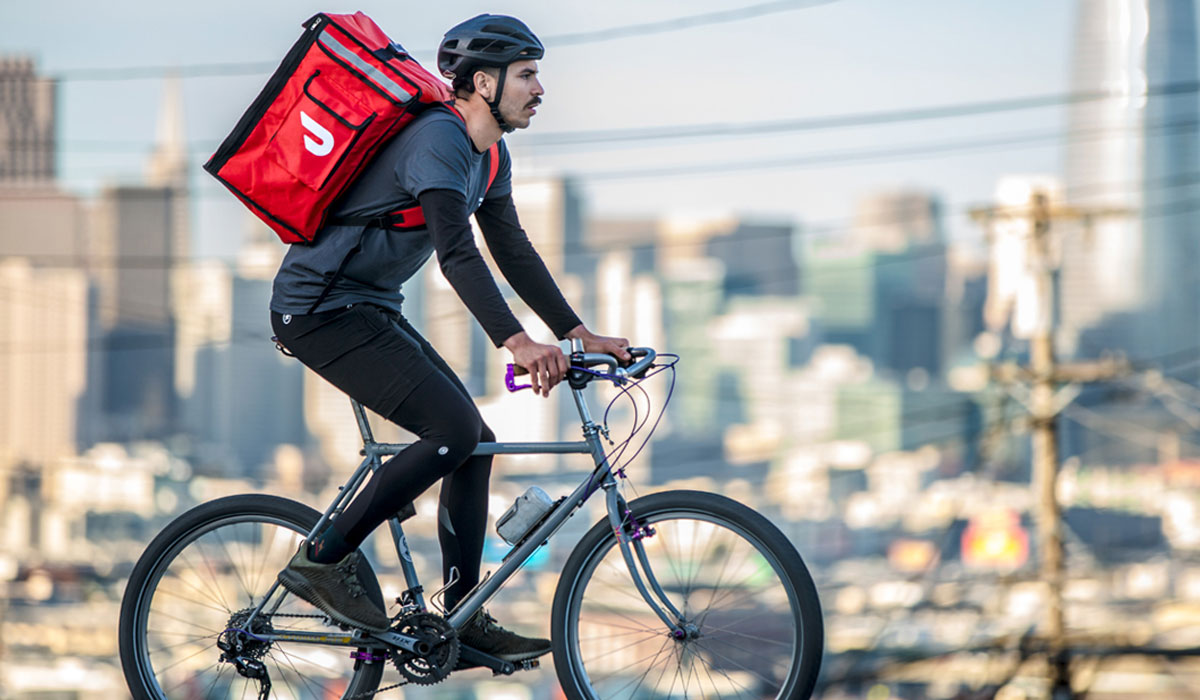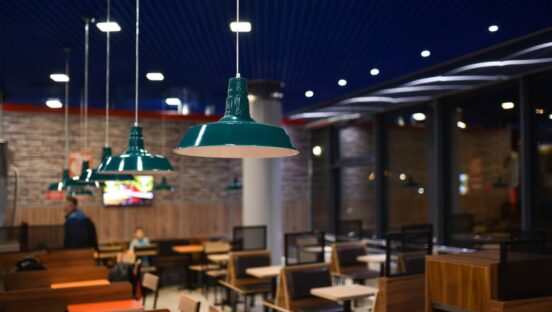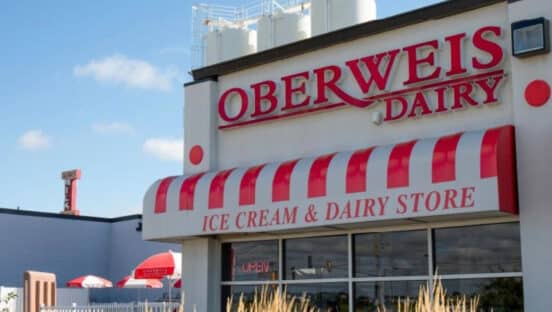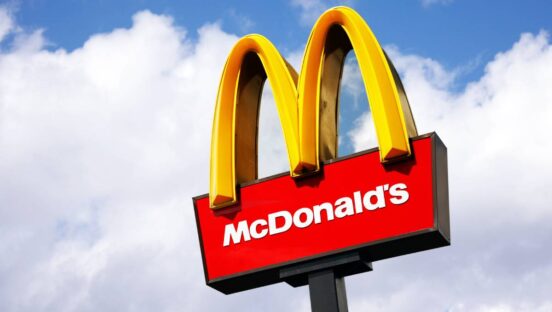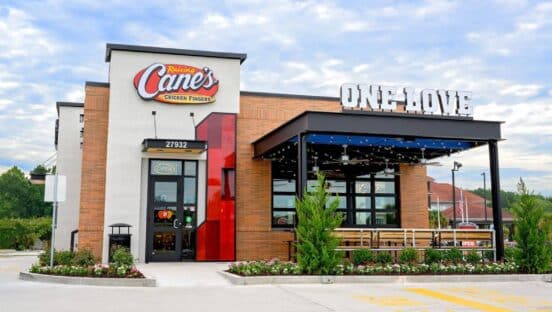By now, it’s pretty clear there isn’t a one-size-fits-all approach to quick-service delivery. But you better not show up unclothed, either. L.E.K Consulting recently released a report predicting delivery sales would grow at more than three times the rate of on-premises revenue through 2023. Digital delivery sales are expected to grow at a compound annual rate of more than 22 percent, the report said.
The firm also found that more than half of delivery consumers now order food directly from a restaurant’s app or website. In response, 37 percent of restaurants offer online ordering and 32 percent accept mobile payments. The other slice of the rapidly expanding pie, of course, is third-party platforms, like Grubhub, which reported 16.4 million active U.S. diners.
None of this is surprising. We all know delivery is here, and here to stay. When you can order a treadmill on Amazon that shows up in two days, you better believe customers expect even speedier responses from restaurants. Delivery offers customers the convenience they expect, and restaurants are given the chance to grow sales through a fresh channel without (in a perfect world) cannibalizing existing business. McDonald’s, for one example, is seeing incrementality in the 70 percent range with average check about twice the norm. And in regards to helping that along, some delivery programs now allow restaurants to retain customer data (will this become more common as larger brands wield leverage?), which enables retention marketing and loyalty building long after the initial order.
So here’s where we are today: What specific aspects of delivery do customers care most about, and how can restaurants use that information to grow sales? If you have one shot, and need to get it right from the outset, where should you divert resources?
For the third straight year, Tillster partnered with research firm SSI to survey 2,000 limited-service customers on their delivery preferences and past experiences. That data revealed some key points operators can use to craft their delivery strategies.
“It’s important to track how consumers have changed and what their expectations now are,” Hope Neiman, chief marketing officer for Tillster, said in an email to QSR. “Interest in delivery has become more prevalent, but consumers are becoming more conscious of delivery costs and have increasing expectations about the entire delivery experience from start to finish.”
Does delivery drive sales?
In the last 12 months, more than 50 percent of quick-service customers ordered online for delivery, the data found. Would they order more from their favorite restaurants if delivery were offered? Yes. Delivery came in as one of the top five features customers would like to see from restaurant apps.
The exact figures:
- More than 51 percent of customers would order more often if delivery were offered
- Roughly 50 percent of customers order for delivery between one to five times each month
- When asked what features they would most like to see from a restaurant app, more than 30 percent of customers chose delivery
Third party, or direct?
There are many reasons to install direct delivery, like Chipotle did in August. From a convenience standpoint, it lets customers access the service without ever leaving a restaurant’s app or website. In Chipotle’s case, the brand could also curate the experience, like offering the ability to customize delivery purchases similar to order-ahead ones.
Tillster’s data found customers want to interact directly with the restaurant. They appreciate the ease of use and familiarity factor. Menus are configured and custom to the brand, and customers’ past orders are saved. This all returns to the convenience factor, best met by creating a seamless ordering experience.
The numbers:
- 50 percent of customers prefer to order directly from a restaurant’s website or app
- Only about 6 percent of fast casual and 3 percent of quick-serve customers want to order directly from a third party (that’s a pretty interesting statistic)
- When ordering for delivery, 40 percent of customers order mostly from large chains
- 40 percent order from large chains and smaller/independent restaurants an equal number of times
- 20 percent order mostly from smaller/independent restaurants
What does this suggest? Chains have a unique chance, especially give the app possibility, to leverage scale and brand awareness into the delivery arena.
The convenience factor
As expected, convenience came ahead as the driving factor for delivery orders.
- 61 percent of customers claimed they ordered for delivery because it was the most convenient option
- 24 percent were ordering for their family (one reason bundles and large-format orders are worth putting on off-premises menus)
- Dinner is the most popular time for customers to order delivery (also interesting when you consider the importance of optimizing service at peak hours, and when that really is. Lunch? Breakfast. Knowing which daypart reigns for dine-in and which shines for delivery can be critical to staffing decisions, and ultimately, help improve speed of service and bolster customer service when it matters most).
- More than 77 percent of customers order delivery during dinner
- Speed rules: Only 20 percent of customers are willing to wait more than 40 minutes for their order to arrive. Similar to expectations around faster shipping speeds (thanks, Amazon).
- About 60 percent of customers want order tracking for their delivery order. They key is to set expectations and provide basic information around time for delivery, and where the order is in the process. I’m actually surprised this isn’t higher. Trackers were game-changers in the pizza industry and absolutely critical in the third-party space. There’s too much gray area in ordering and hoping for the best when there’s no human interaction element. For many guests, it’s still an odd and unnatural experience to place an order without speaking to somebody and expect it to show up. Confirmation emails are a great example of this back-and-forth customer experience.
Will guests pay for speed?
The short answer: maybe. There’s a ceiling on everything.
- 85 percent of customers are willing to pay up to $5 in delivery fees. Set this as your compass for setting fees, Tillster said.
However, about 30 percent of customers would pay more for their orders to arrive faster. So consider this if it’s feasible, but don’t go overboard. And be certain the promise is one each restaurant in the fleet can deliver.
- How do you prefer that restaurants you order from recoup their delivery costs? Seventy percent said designated delivery fee; 10 percent higher prices on delivery menu items; 20 percent said it doesn’t matter.
The skinny: Delivery fees over higher prices, if possible. It helps seeing the same menu, price wise, on a platform as the guest is used to in store. Otherwise it clouds the overall experience. Fees are a necessary and expected evil for customers who enjoy delivery. They’re likely to give some slack there to the restuarant, but in few other places.

